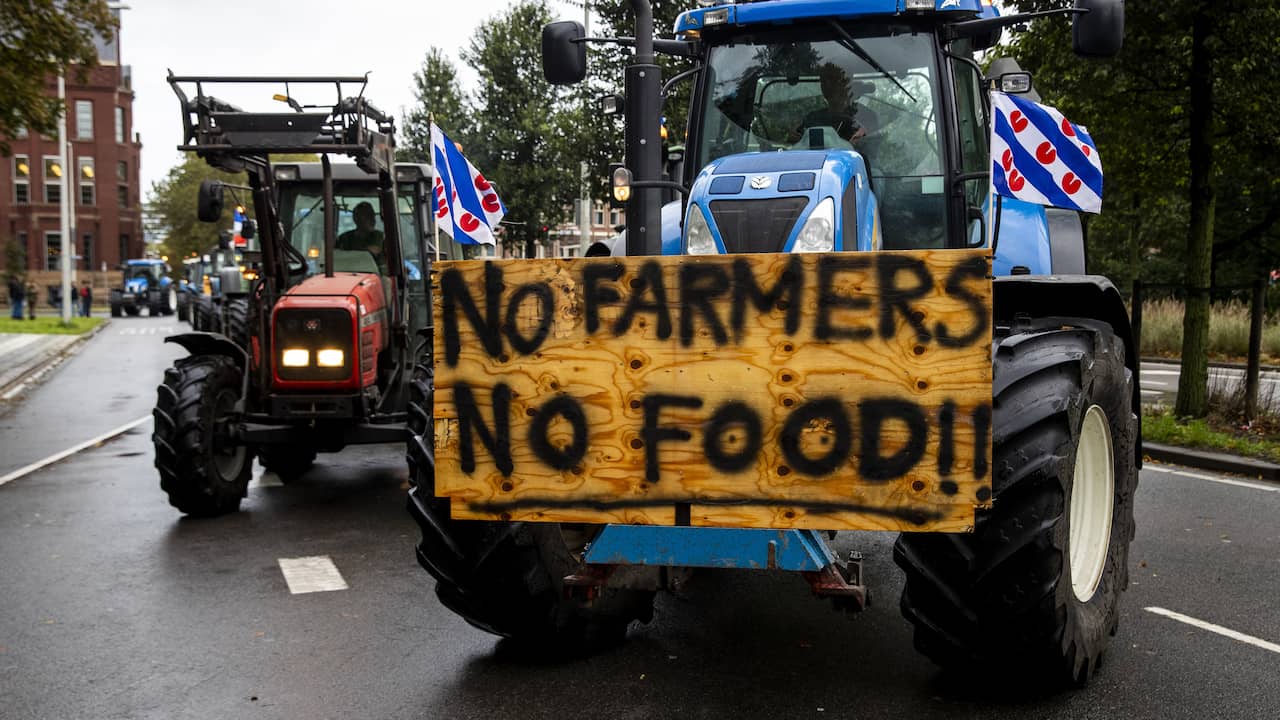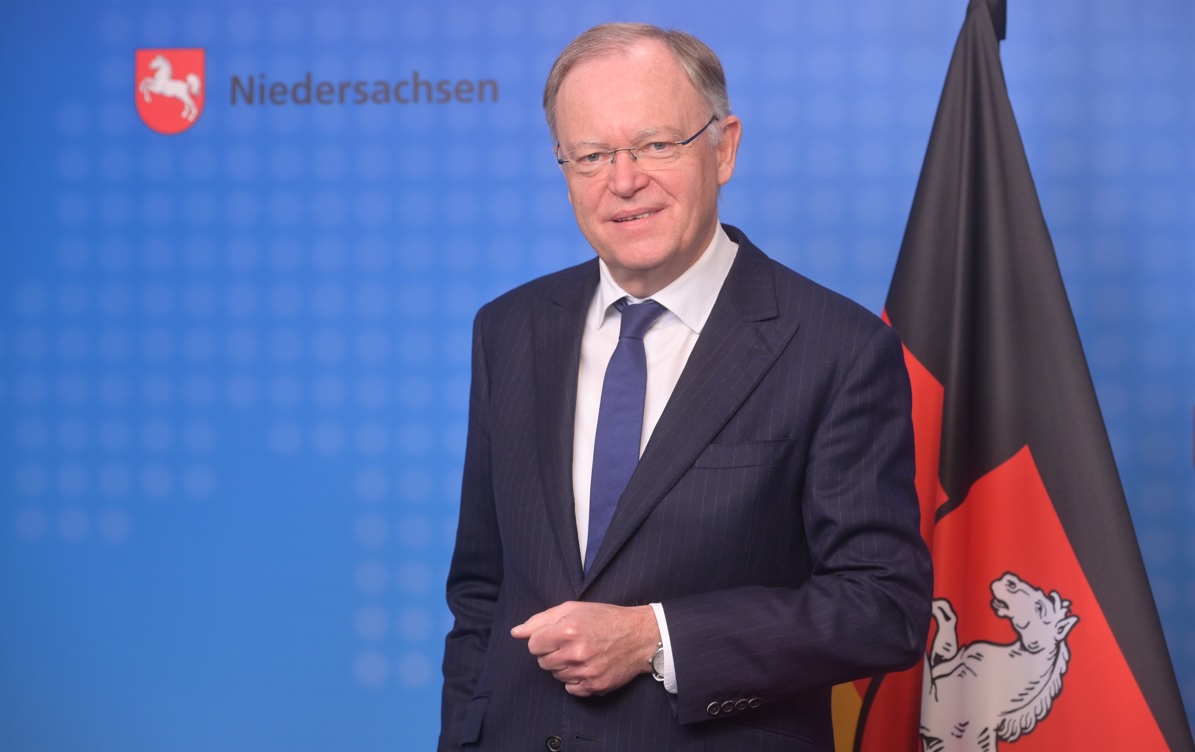NUcheckt: Without a farmer, hunger in the Netherlands is not yet lurking | NOWchecks
Majority of food goes abroad
More than 70 percent of what the Dutch farms produce in food is sent abroad. About 30 percent is intended for the Netherlands itself.
according to the annual research of Wageningen University & Research (WUR) and Statistics Netherlands, commissioned by the Ministry of Agriculture, Nature and Food Quality, in 2021 EUR 104.7 billion worth of agricultural goods was transported abroad. agricultural exports exceeded 100 billion euros for the first time. The Dutch economy earned in 2021 an estimated EUR 46.1 billion in agricultural exports.
Most agricultural exports went to Germany, which accounted for a quarter of the total with 26.3 billion euros. Many agreements were also made to Belgium, France and the United Kingdom.
Naturally, the Netherlands is dependent on the import of food, such as dairy and meat. It is not about milk, but more about processed products such as biscuits and sausage, according to the Netherlands Environmental Assessment Agency (PBL).
According to research by WUR and CBS, the import of agricultural goods in 2021 yielded 72.5 billion euros. Germany, Belgium and France are also our most important partners.
Most ‘Dutch’ agricultural land is located abroad
The amount of land needed to meet Dutch consumption is also referred to as the land footprint. Most of the land (one third of the Dutch footprint) is needed for growing food.
In 2019, the PBL calculated that 1,800 square meters per Dutch person is needed to grow enough food. This is also according to the Compendium for the Living Environment (CLOE) amounts to about three times the land area of the Netherlands.
More than 80 percent of the Netherlands’ land footprint is therefore located abroad, about half of which is within the EU. That changes from, for example, grain from France to soybeans from Brazil. Namely potatoes, grains, sugar, fruit, cooking oil and elders are brought from Europe.
Some products have to be brought in from abroad, because the Dutch soil is less suitable for production. The Netherlands itself grows a lot of vegetables, which are intended for both domestic consumption and export.
The Netherlands therefore has enough agricultural land to feed its own population, but that land is largely outside our own national borders.
conclusion
Farmers in the Netherlands play an important role in the production of food. It is, however, that the Dutch do not have to worry about food shortages or even hunger if there are fewer farmers. This is because the majority of what farmers produce is transported abroad.
Even if there are fewer or they produce less food, there will be more than enough left over to provide the Netherlands with food. This is because the Netherlands also imports a lot of food from abroad.
In any case, the Netherlands is not big enough to meet the total Dutch food consumption, so we will have to continue to import from abroad with our current diet.






